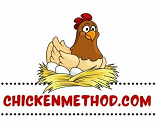The Sky is Falling!
Imagine the panic that would grip you if you came home to find your beloved chicken lying injured or ill. The helplessness you’d feel, the fear for their well-being, the frantic rush to seek help.
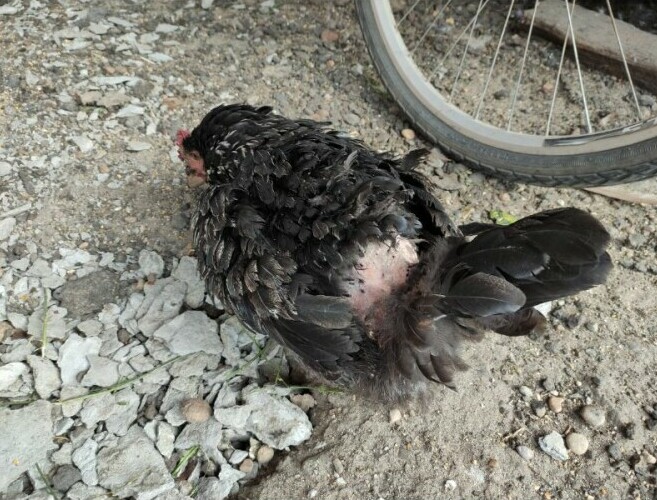
This is a situation no chicken owner wants to experience.
Fortunately, there’s a way to be prepared for such unforeseen circumstances: a well-stocked chicken first aid kit.
This essential tool empowers you to become the first responder for your feathered friends, minimizing their distress and enabling prompt, effective care.
As highlighted in our previous article, WHY TO RAISE CHICKENS. BACKYARD BUDDIES raising chickens offers a unique blend of companionship, productivity, and entertainment.
But with this rewarding experience comes the responsibility of ensuring their health and well-being. A chicken first aid kit is crucial in fulfilling this responsibility.
Essential #1: Vetericyn or Similar Wound Care Spray
Yes, Chickens Do Get Hurt
Like any other animal, chickens are susceptible to minor injuries and illnesses.
Whether it’s a cut from a sharp object, an abrasion from rough terrain, or a scrape from a playful interaction, wounds are an inevitable part of chicken life.
Fortunately, Vetericyn, a non-toxic, antimicrobial wound care spray, guards against infections and promotes healing in these situations.
Vetericyn
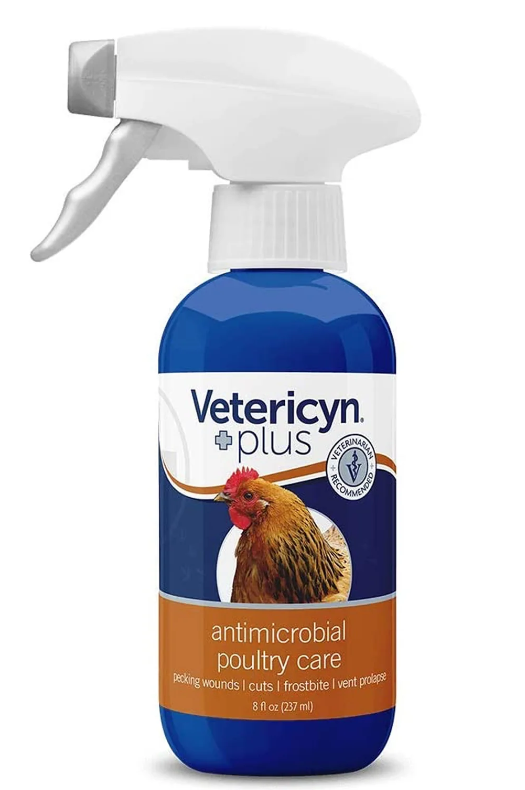
With its unique hydrogel formula, it acts as a gentle yet powerful agent in wound management. It effectively cleanses wounds, eliminating bacteria and other harmful microorganisms that could lead to infections.
This non-stinging solution is safe for use on chickens of all ages, causing no discomfort or irritation.
Unlike traditional antiseptics that can damage healthy tissues, Vetericyn promotes healing and reduces inflammation, accelerating recovery.
Common applications:
Vetericyn proves its versatility in treating a wide range of wounds in chickens. It effectively tackles minor cuts, abrasions, and scrapes, preventing the onset of infections and promoting healing.
Additionally, Vetericyn plays a crucial role in post-surgical care, minimizing the risk of complications and promoting tissue regeneration.
Its antimicrobial properties make it particularly effective in preventing infections.
Tips for effective use:
To maximize the benefits of Vetericyn, follow these simple guidelines:
- Clean the wound: Before applying Vetericyn, gently clean the wound with sterile water or saline solution to remove any loose debris or dirt.
- Apply liberally: Spray Vetericyn generously over the entire wound surface, ensuring complete coverage.
- Repeat as needed: Reapply Vetericyn as directed, typically twice daily, until the wound heals completely.
- Protect the wound: If necessary, cover the wound with a loose bandage or dressing to prevent further contamination and promote healing.”
By incorporating Vetericyn into your chicken first aid kit, you empower yourself to provide immediate and effective care for minor wounds, safeguarding your chickens’ well-being.
Essential #2: Epsom Salts
The Master of Versatility
Epsom Salts
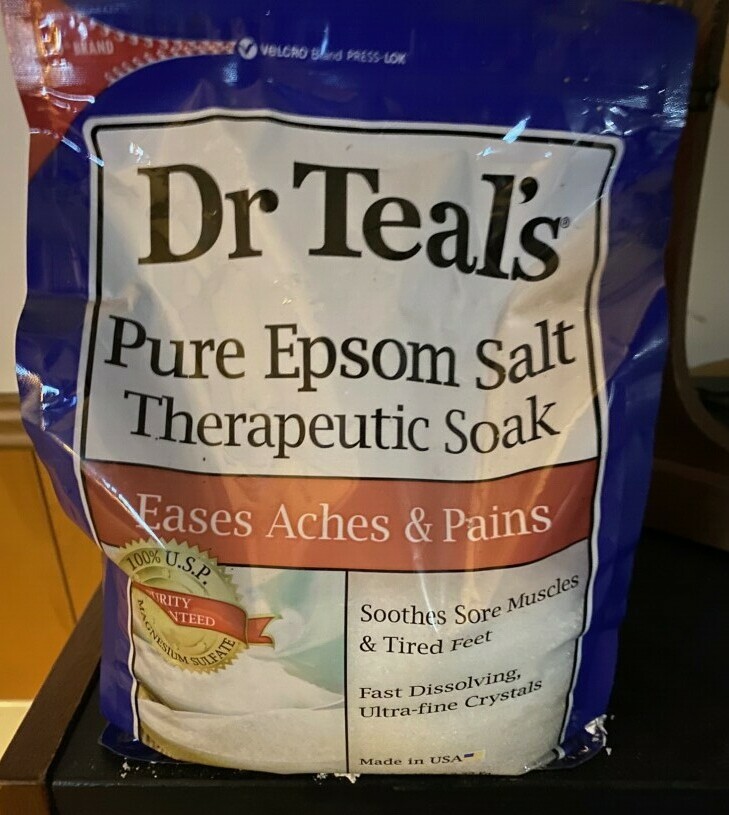
Epsom salts, a versatile magnesium sulfate remedy, are valuable in any chicken first aid kit. They soothe inflamed joints and alleviate digestive discomfort.
Their versatility and effectiveness make them an indispensable tool for addressing a range of common chicken ailments.
Properties and benefits
Epsom salts possess a unique combination of properties contributing to their therapeutic value for chickens.
Their anti-inflammatory nature helps reduce swelling and discomfort in joints, muscles, and other tissues.
Additionally, their ability to draw out moisture makes them an effective treatment for impacted crops, a digestive issue that can cause distress in chickens.
Common applications
Epsom salts find diverse applications in chicken care.
They are commonly used to soak impacted crops, a condition characterized by a blockage in the crop, the enlarged portion of the esophagus.
The Epsom salt solution helps draw out excess fluid and stimulate the digestive process, relieving discomfort and promoting recovery.
Additionally, Epsom salts can be used to soothe inflamed joints and reduce swelling associated with arthritis or injuries.
For this purpose, Epsom salts can be dissolved in water and applied as a compress.
Preparation and usage guidelines
To prepare an Epsom salt solution for soaking impacted crops, dissolve approximately 1 tablespoon of Epsom salts in 1 cup of warm water.
Gently massage the crop with the solution every few hours until the blockage resolves. For a compress, dissolve 2-3 tablespoons of Epsom salts in 1 gallon of warm water.
Apply the compress to the affected area for 15-20 minutes.
Incorporating Epsom salts into your chicken first aid kit provides natural and effective relief for various common chicken ailments, ensuring their comfort and well-being.
Sure, here is a detailed and informative section on the third essential for your chicken first aid kit:
Essential #3: Vet Wrap and Gauze

When it comes to treating minor wounds in chickens, the dynamic duo of Vet Wrap and Gauze proves indispensable.
Together, they form an effective combination for cleaning, securing, and protecting wounds, promoting healing, and preventing complications.
Vet Wrap: A Self-Adherent Bandage for Easy Application
Vet Wrap, a self-adherent bandage made from a soft, porous material, offers several advantages in chicken wound care.
Unlike traditional bandages that require tape or clips, Vet Wrap adheres to itself, making it easy to apply and remove without causing discomfort or irritation.
Its flexibility allows for a snug fit without restricting movement, ensuring optimal wound healing.
Gauze: A Sterile Absorbent Material for Cleaning and Protection
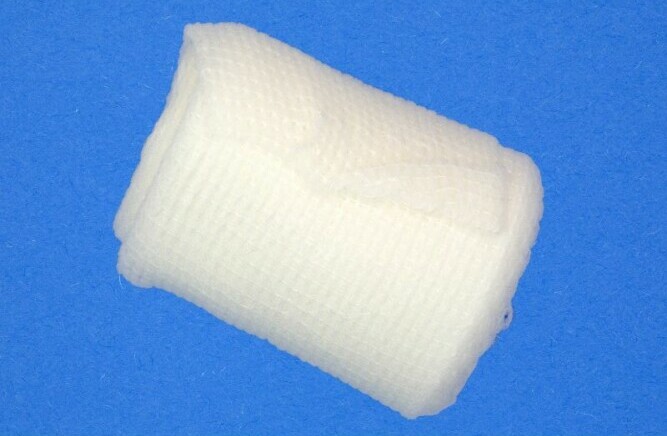
Gauze, a sterile absorbent material, plays a crucial role in wound management by cleaning and protecting the injured area. Its absorbency helps draw out exudates and prevent the accumulation of moisture, which could lead to infection.
Additionally, gauze provides a protective barrier against external contaminants, reducing the risk of further injury or infection.
Combining Vet Wrap and Gauze for Effective Wound Care
The combination of Vet Wrap and Gauze creates a synergistic effect in treating minor wounds in chickens.
Gauze is initially applied to the wound to clean and absorb exudates (stuff that comes out of the wound – yuckaducka), followed by Vet Wrap, which secures the gauze in place and provides additional protection.
This combination promotes healing by maintaining a moist environment at the wound site, preventing scabbing, and encouraging tissue regeneration.
Application Guidelines for Vet Wrap and Gauze
When using Vet Wrap and Gauze, follow these guidelines for optimal results:
- Clean the wound: Before applying gauze, thoroughly clean the wound with sterile water or saline solution to remove debris and prevent infection. Apply Vetericyn if the situation applies.
- Apply gauze: Gently place gauze over the wound, ensuring complete coverage.
- Secure with Vet Wrap: Wrap Vet Wrap around the gauze, overlapping each layer to create a snug fit. Avoid wrapping too tightly to prevent circulation.
Essential #4: Clippers
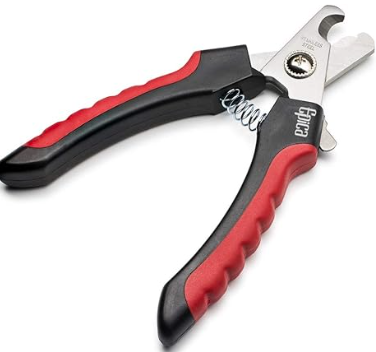
As an essential part of chicken care, regular trimming of overgrown toenails is crucial for maintaining their comfort, preventing discomfort, and reducing the risk of injuries.
With their sharp, precision blades, clippers are the perfect tool for this task, ensuring proper bird hygiene.
Trimming Overgrown Toenails: Preventing Lameness and Discomfort
Overgrown toenails can lead to a range of problems in chickens, including lameness, difficulty in walking, and even curling of the toes, causing pain and discomfort.
Regular trimming using clippers prevents these issues and promotes healthy foot health. The ideal frequency for toe trimming is every 4-6 weeks, ensuring that the nails are kept at a manageable length.
Clipper Selection and Usage Guidelines:
When selecting clippers for chicken care, opt for sharp, stainless steel clippers specifically designed for pets.
These clippers provide the precision and durability needed for effective trimming. To trim toenails, gently restrain the chicken and use the clippers to snip the nail at an angle, avoiding cutting into the quick, the sensitive area at the base of the nail.
By incorporating clippers into your chicken first aid kit, you empower yourself to maintain proper hygiene for your chickens, preventing discomfort, enhancing their quality of life, and reducing the risk of injuries.
Essential #5: Scissors
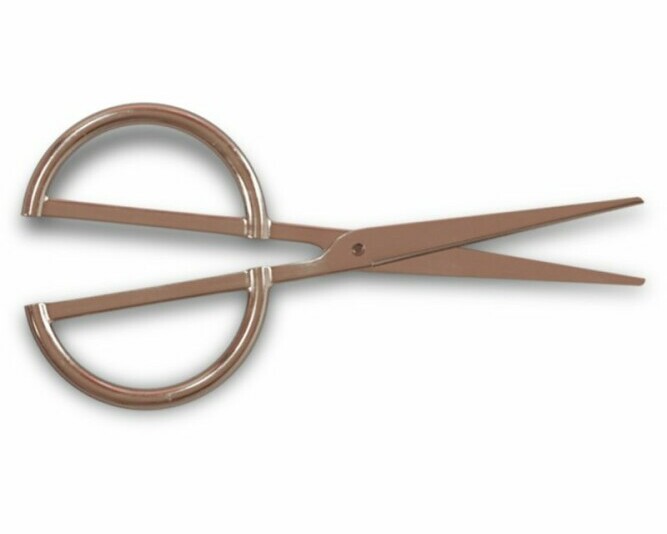
With their sharp, versatile blades, scissors are indispensable tools in any chicken first aid kit. From trimming overgrown feathers to removing parasites and cleaning wounds, scissors play a crucial role in maintaining the health and well-being of your flock.
Trimming Overgrown Feathers: Enhancing Comfort and Preventing Injuries
Overgrown feathers can cause discomfort, hinder movement, and even impair vision in chickens.
Regular trimming using scissors helps maintain a healthy feather coat, ensuring that feathers don’t obstruct vision or cause irritation.
Trimming overgrown feathers can also prevent injuries, such as feather picking, which can lead to bald patches and skin irritation.”
Removing Parasites: Combating External Pests for Chicken Well-being
Chickens can be susceptible to various parasites, such as lice and mites, which can cause itching, skin irritation, and even anemia.
Scissors are invaluable in removing these parasites, allowing you to remove them from feathers and skin manually. Regular inspection and parasite removal are essential for maintaining chicken health and preventing infestations.
Cleaning Minor Wounds: Promoting Healing and Preventing Infection
Scissors can be used to clean minor wounds in chickens, removing any loose debris or dirt that could hinder healing and increase the risk of infection.
Gently trim the wound’s edges with scissors, removing debris without causing further injury.
Following cleaning, apply Vetericyn or a similar wound care spray to promote healing and prevent infection.
Tips for Effective Scissors Usage:
To maximize the benefits of scissors in chicken care, follow these simple guidelines:
- Choose sharp, pointed scissors: Opt for sharp, stainless steel scissors with pointed tips for precise trimming and removal of parasites.
- Use gentle strokes: Avoid applying excessive pressure when using scissors, as this could cause discomfort or injury to the chicken.
- Handle with care: When not in use, store scissors in a safe and secure location to prevent accidents and maintain their sharpness.
By incorporating scissors into your chicken first aid kit, you gain the ability to address a variety of chicken care issues, promoting their comfort, preventing injuries and infestations, and ensuring their overall well-being.
Essential #6: Disposable Gloves
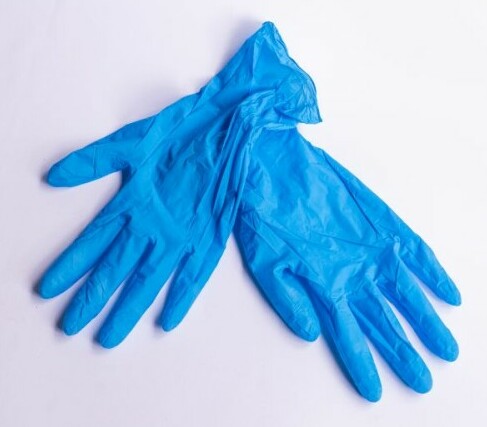
Protecting your hands from harmful bacteria and other contaminants is crucial when handling injured or ill chickens. Disposable gloves, forming an invisible barrier between you and your feathered friends, safeguard both their health and your well-being.
Preventing the Transmission of Disease: Protecting Chickens and Humans
Chickens can harbor various pathogens that can be transmitted to humans through direct contact. Disposable gloves act as a protective shield, preventing the transfer of bacteria, viruses, and parasites from the chicken to your hands.
This protects you from potential illnesses and safeguards the chicken from any human-borne pathogens you might carry.
Maintaining a Sanitary Environment: Promoting Chicken Health
Disposable gloves contribute to maintaining a sanitary environment for your chickens, reducing the risk of cross-contamination and promoting their overall health.
When handling injured or ill chickens, gloves prevent the spread of bacteria and other contaminants from one chicken to another.
Additionally, gloves help minimize the spread of germs to the chicken’s environment, reducing the likelihood of reinfection or the spread of illness to other flock members.
Tips for Effective Disposable Glove Usage:
To maximize the benefits of disposable gloves in chicken care, follow these simple guidelines:
- Choose the right size: Select disposable gloves that fit snugly to your hands, allowing for dexterity and avoiding excessive movement.
- Change gloves frequently: Replace gloves after handling each chicken or completing a task, preventing the spread of contaminants.
- Dispose of gloves properly: Place used gloves in a designated waste bin to prevent the spread of germs and maintain a clean environment.
By incorporating disposable gloves into your chicken first aid kit, you prioritize your health and your chickens’ well-being, creating a safe and hygienic environment for all.
Essential #7: Dropper
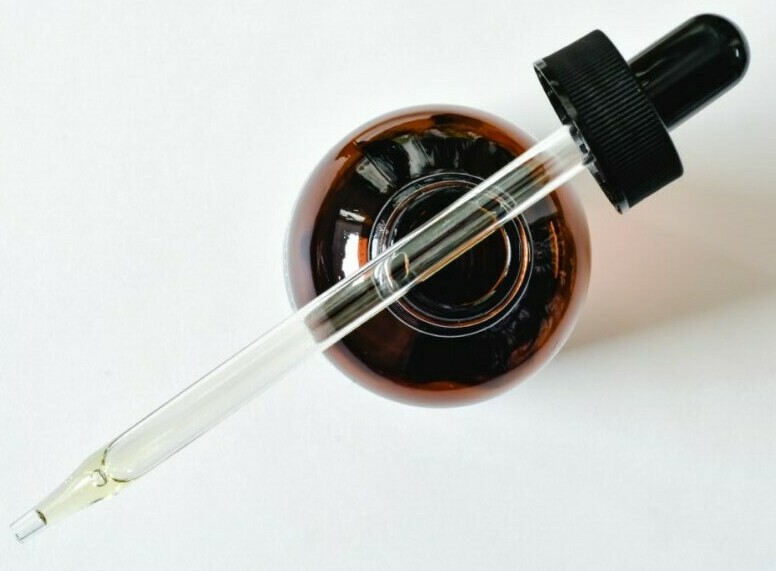
Precision and accuracy are paramount when it comes to administering medications or electrolytes to chickens. With its fine-tipped applicator, a dropper provides the perfect tool for this task, ensuring that the correct dosage is delivered safely and effectively.
Precise Medication Administration: Ensuring Proper Dosage and Safety
Medications and electrolytes play a crucial role in treating various health issues in chickens. However, administering these substances can be challenging without the right tools.
A dropper offers the precision and control needed to deliver the exact dosage, preventing overdosing or underdosing, which could have detrimental effects on the chicken’s health.
The fine-tipped applicator allows direct administration into the chicken’s mouth or eye, ensuring the medication or electrolyte reaches its intended target.
Versatility for Different Substances: Accommodating a Range of Needs
The versatility of a dropper extends beyond medication administration.
It can also be used to administer electrolytes, essential for maintaining hydration and preventing dehydration, particularly in hot weather or during periods of illness.
Additionally, a dropper can be used to apply liquid supplements, such as vitamins and minerals, which can support overall chicken health and well-being.
Tips for Effective Dropper Usage:
To maximize the benefits of a dropper in chicken care, follow these simple guidelines:
- Choose the right size: Select a dropper appropriate for the substance being administered. For medications, a smaller dropper with a precise tip is ideal. For electrolytes or supplements, a larger dropper may be more suitable.
- Calm the chicken: Before administering medication or electrolytes, gently restrain the chicken to minimize stress and ensure accurate dosing.
- Administer carefully: Place the dropper tip directly into the chicken’s mouth or eye, ensuring that the substance is not accidentally inhaled.
- Clean the dropper: After each use, thoroughly clean the dropper with warm water and soap to prevent cross-contamination.
By incorporating a dropper into your chicken first aid kit, you gain the ability to administer medications and electrolytes with precision and accuracy, ensuring that your feathered companions receive the proper care and support during times of illness or recovery.
Wait!! Is That All I Need??
Ha ha, of course not. As time passes, you will add several items to your chicken first aid kit. Here are a few:
Antibiotic Ointment: A non-pain relief ointment, like Neosporin, is useful for treating minor wounds to prevent infection.
Styptic Powder: To stop bleeding from minor cuts or broken nails. Cornstarch can also be used as a substitute.
Electrolyte Supplements: These are great for dehydrated or stressed chickens, especially during extreme weather conditions.
Tweezers and Scissors: Useful for removing splinters, trimming feathers, or cutting bandages.
Probiotics and/or Chicken-Safe Wormer: To maintain gut health and treat common parasites.
Poultry Vitamins: A supplement to support overall health and recovery, especially useful during times of stress or illness.
Heat Lamp or Heating Pad: Essential for providing warmth to a sick or injured chicken, which is crucial for their recovery.
Poultry-Safe Pain Reliever: Products like aspirin can be used, but it’s important to know the correct dosage for chickens. Always consult with a vet before administering any pain relief.
Saline Solution: Useful for flushing and cleaning wounds or irritated eyes.
Including a small first-aid manual or a guide specifically for poultry health is also a good idea. This can provide a quick reference in case of emergencies and help ensure you’re giving the right care. One of my favorite books is Gail Damerow’s The Chicken Health Handbook.
Remember, while a first aid kit is great for minor issues, it’s always best to consult with a veterinarian for serious health concerns.
While I have listed quite a few important items to be included in your chicken first-aid kit, you will undoubtedly come up with some other ideas that others would like to know about. I hope you will leave them in the comments below.
FAQ
What is a chicken first aid kit?
As a responsible chicken owner, you understand the importance of regular health checks and preventive care.
However, there may be instances when your feathered friends encounter minor injuries or illnesses. A chicken first aid kit, a collection of essential supplies specifically designed to treat these minor ailments, becomes your go-to resource for providing prompt and effective care.
A well-stocked chicken first aid kit empowers you to handle a variety of common chicken ailments, reducing stress and anxiety for both you and your feathered companions.
It allows you to address minor wounds, administer medications, and provide relief from discomfort, ensuring your chickens’ well-being and promoting their recovery.
What if I have a night emergency?
Chicken injuries are just as likely to happen at night as during the bright light of day. After all, most predators prefer the stealth of night to come after your birds.
A flashlight is a very good item to have in your arsenal, but a headlamp is even better for hands-free administration and wound care.
What should I do for a chicken showing signs of illness?
Isolate the chicken immediately and use appropriate treatments from the first aid kit, such as electrolytes for a boost or specific medications for identified illnesses.
What are the three most important items to keep in a chicken first-aid kit?
The three most important items to have in a chicken first-aid kit, based on the information from various sources, are:
- Vetericyn Spray: This is a versatile and safe treatment for various types of chicken wounds and injuries. It’s effective for cleaning and treating wounds, sores, and irritations without containing antibiotics or steroids, making it a go-to solution for immediate wound care.
- Electrolytes: These are crucial for sick or weak chickens, especially chicks. Electrolytes help maintain proper hydration and nutrient balance, vital during illness or stress. They can provide a much-needed boost to a chicken’s system, aiding in recovery.
- Antibiotic Ointment (e.g., Neosporin): For treating minor wounds that may become infected. It’s important to have an antibiotic ointment on hand to prevent infections, especially in cases where wounds are not healing well with just the cleaning spray.
If I find out that one of my chickens has an infectious disease, do I need to cull my entire flock?
Severity and Spread: Assess how far the disease has spread within your flock. If it’s detected early in one or a few birds, you might be able to isolate them and treat the disease without affecting the rest of the flock.
On the other hand, if the disease has spread widely, culling might be the only option to prevent further spread.
Nice Work, Doctor!
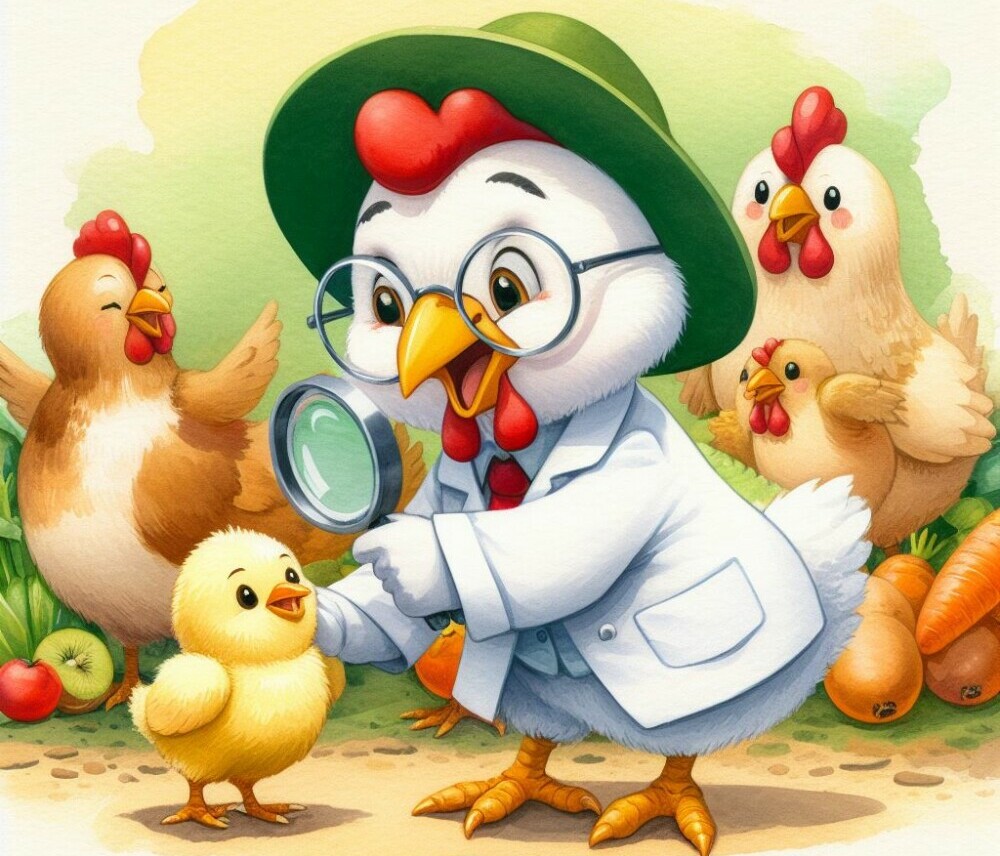
As you move along on your journey as a chicken keeper, remember that your Backyard Buddies depend on you for their well-being.
You become the first line of defense against minor ailments and injuries by equipping yourself with the essential supplies and knowledge.
With your proactive care and attention, your chickens can thrive in a safe and healthy environment, providing you with years of companionship and enjoyment.
Embrace the role of caretaker and foster a flock that flourishes under your watchful eye.
Dave

Chickenmethod.com
